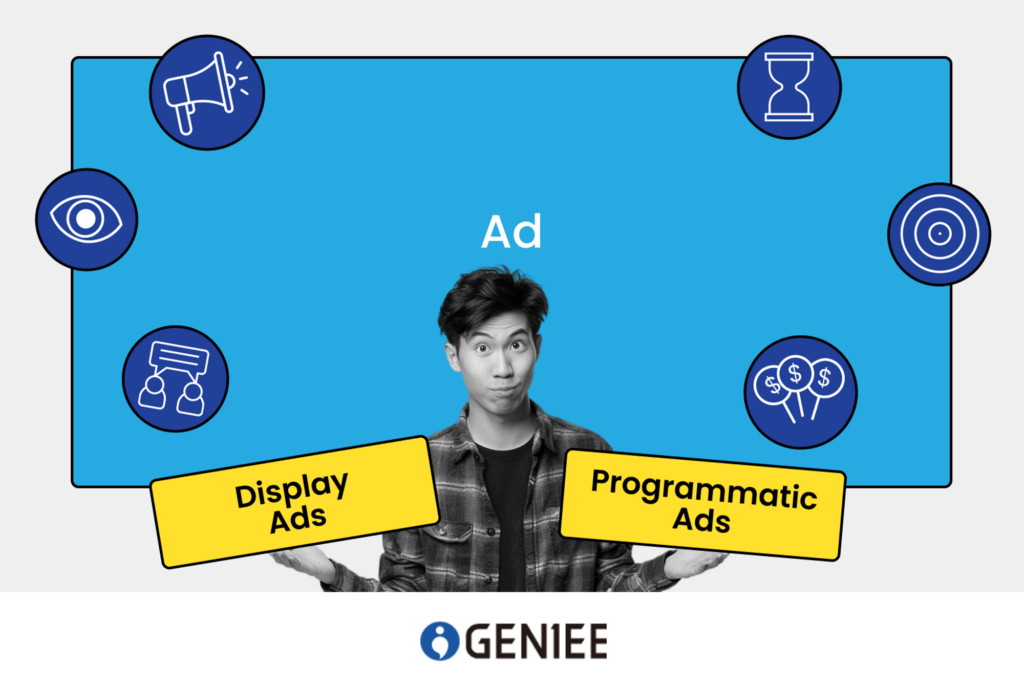
You might always hear terms like Programmatic Ads and Display ads and need help deciphering them. You are not alone. While both serve as powerful tools in a marketer’s arsenal, understanding the nuances between them is crucial for optimizing campaign performance. The digital world is changing every minute requiring us to catch up with the latest trends. We are here to help you navigate through it all.
Display ads?
Have you ever visited a website and seen visual ads showcasing certain products? That’s a display ad.
What are display ads?
Display ads, generally refer to how the ad appears, combining images, text, and URLs. These ads direct potential customers to a brand website where customers can learn more and buy the product.
Some formats of display ads are banners, interstitials, rich media, video, native, etc. Formats will vary depending on the device and application you use. For example, rich media is an advertising format that allows the combination of audio, video and other multimedia elements to provide a more immersive experience. However, this format only appears on websites for phones and computers, not in apps.
How do display ads work?
To help you understand how display ads work, we draw out a graph here.
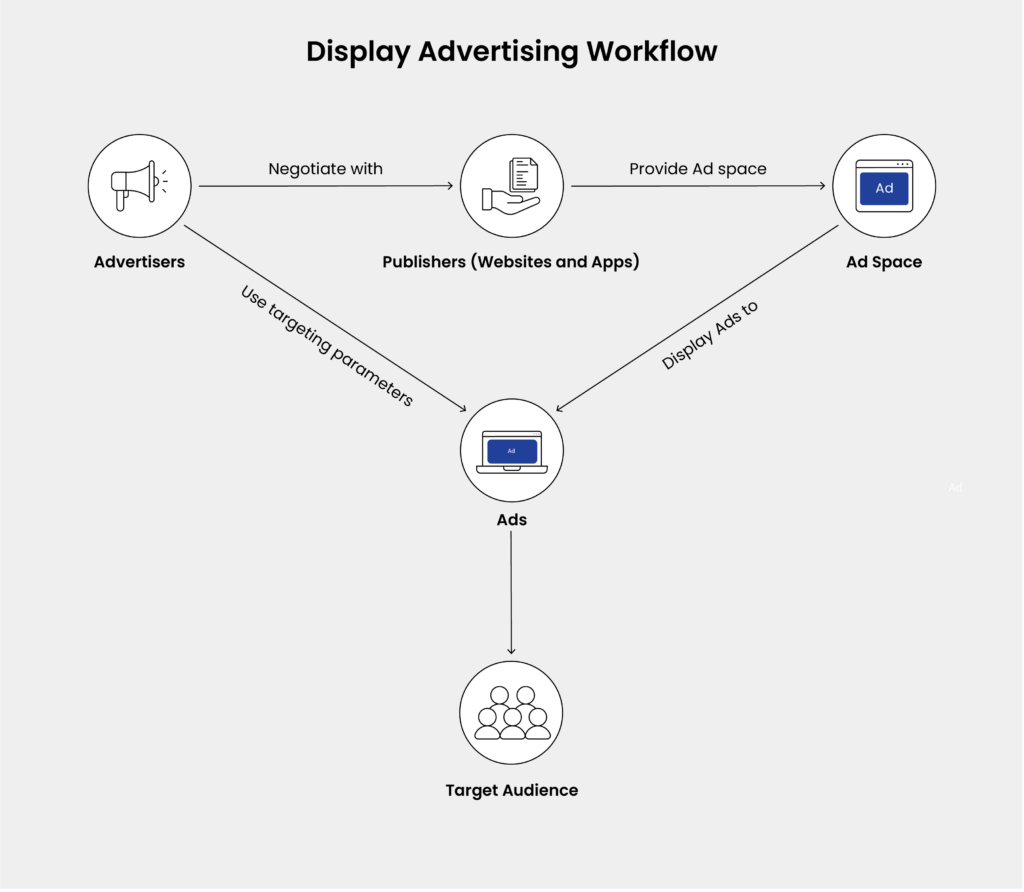
In this graph, the buying method is direct negotiation. The advertisers will negotiate with publishers, who own websites and apps, to provide ad space. Once an agreement is reached, advertisers will use targeting parameters and display ads to reach their target audience. The same process applies to buying methods with SSP.
Benefits of using Display Ads
Diverse formats and bring good results for campaigns. Advertisers favoured the display Ads because of these advantages:
- Enhance brand awareness better to the target audience: Thanks to the ad network and the options they offer, advertisers now can change the settings and formats to reach wider audiences. Besides, new formats focus on viewers which will help to reduce distraction and improve user experience.
- Attractive and diverse are the words we can use to encapsulate Display ads. With the benefit of enhancing brand awareness, advertisers will create eye-catching creative with movement, and fresh interaction such as GIFs, video, gamification, etc to make sure users can take their eyes off the ads.
- Effectively measure the result of ads with Google Ads and Google Analytics. With these products from Google, advertisers can track and break down the efficiency and engagement of the ads better.
Programmatic Ads
What are programmatic ads?
Programmatic Ads are a method of buying and selling digital advertising space using automated platforms. Instead of manually negotiating ad placements with publishers, advertisers use programmatic platforms to bid on ad inventory in real-time.
The programmatic method allows advertisers to reach broader audiences than traditional methods and can target a wider audience precisely at a lower cost. This helps to save time and resources, increasing effectiveness and return on investment.
How do programmatic ads work?
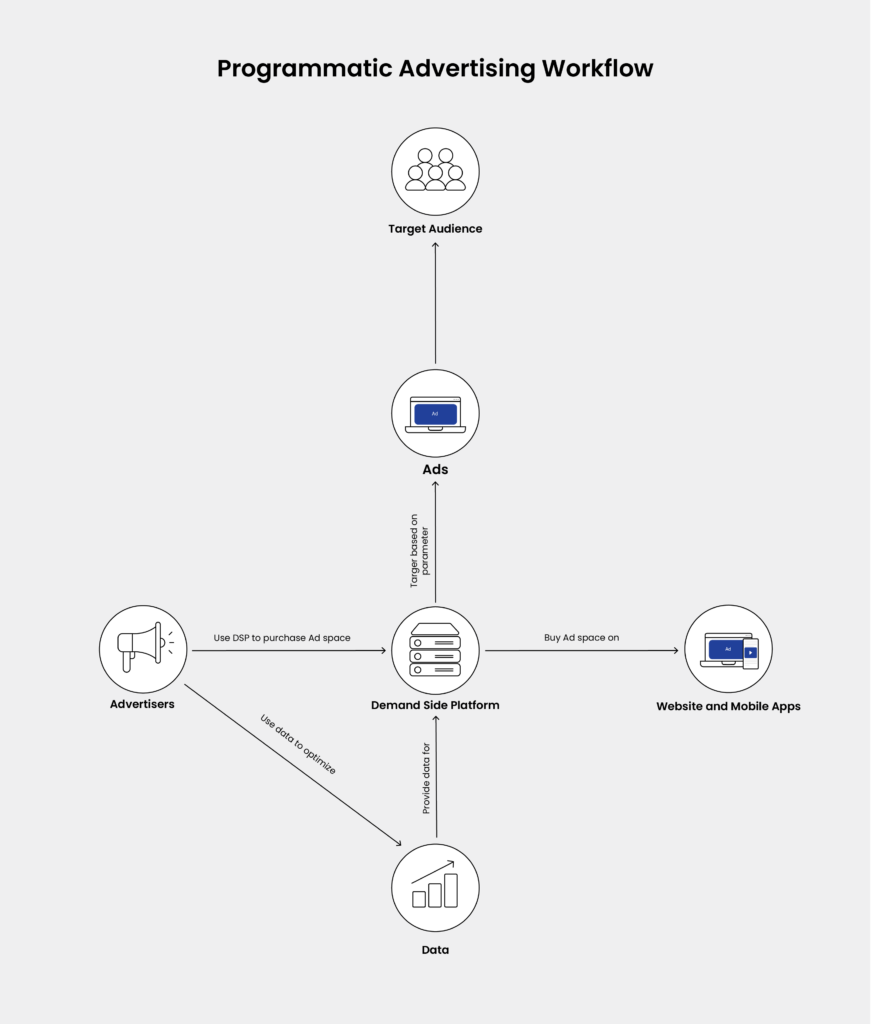
We depicted a process graph to help you understand how programmatic ads work. First, advertisers will use Demand side platform (DSP) (Google ads, DV360) to purchase ad space on websites and mobile apps. Advertisers provide data for the DSP and add parameters in the ad code to reach the target audience.
More to discover
What is Programmatic Advertising?
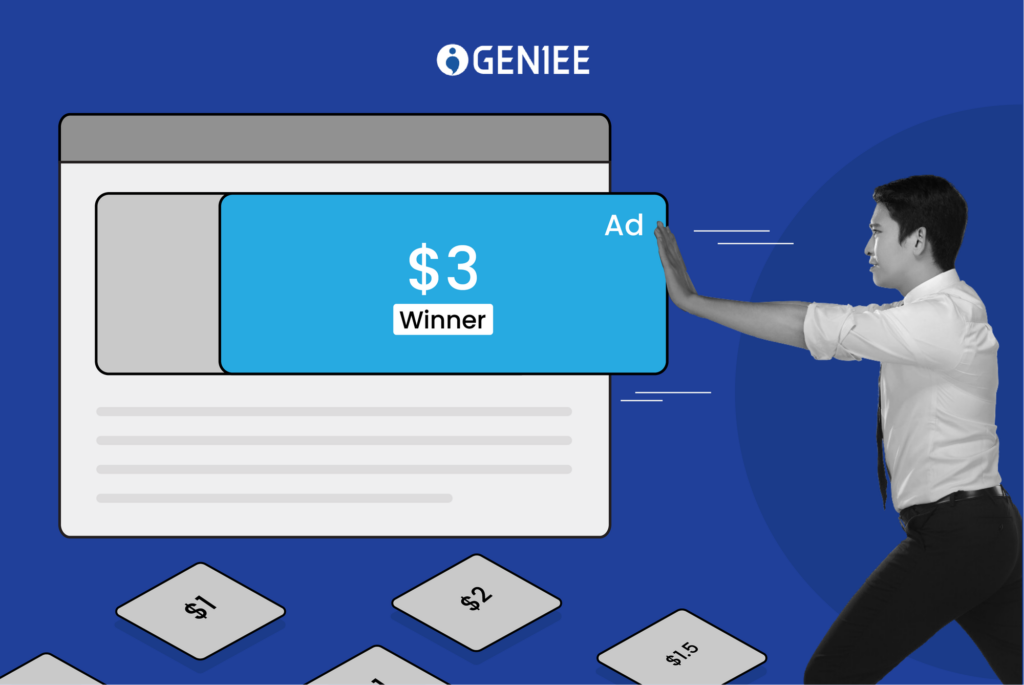
Benefits of using Programmatic ads
Programmatic ads have some advantages over the traditional ones:
- Easily and precisely reach out to wider audiences: Many companies choose this type of advertising because it allows them to analyze user signals and ensure the ads will reach potential customers at the right time and right touchpoint. This precise targeting can significantly boost the conversion rate for businesses.
- Identify issues efficiently at a low cost: Programmatic Ads have been run with the support of AI and machine learning, they will help advertisers detect unexpected issues and immediately report to advertisers. This will help to maintain the campaign effectively and minimize the cost.
- Transparent and controlled: While programmatic buying involves automation, advertisers still maintain a high level of control. Advertisers can set campaign goals, define the target audience, and establish budget parameters to ensure the ads are displayed in the right places. What is more, with the transparency advertisers can see on the dashboard, they can get more insight from detailed reporting and analytics on campaign performance. This data will provide you with key metrics like impressions, clicks, conversions, etc to optimize your campaign better.
Key Differences Between Programmatic Ads and Display Ads
After understanding the basic meanings of programmatic ads and display ads, you might be curious about the key differences between two types of ads? Let’s have a look at the table below:
| Display ads | Programmatic ads | |
|---|---|---|
| Buying process | Manual Negotiations | Automated, Real-time bidding (RTB) |
| Targeting capabilities | Contexture | Data-driven |
| Efficiency and cost | Time-consuming, higher-cost | Efficient, lower cost |
| Inventory | Limited to specific ad networks or publishers | Access to vast ad inventory across multiple platforms |
| Control | More control over ad placement but less control over audience reach. | Less control over specific placements but more control over targeting. |
Choosing what types of ads suit your campaign depends on your goals, target audience, budget, and resources. Geniee will break down some factors for you to consider and choose:
| Programmatic Ads | Display Ads |
|---|---|
| – Consider your campaign goals. If you target to reach a large audience, programmatic platforms offer vast ad networks allowing you to target a broader audience. – To achieve the best performance, precise target setting up is crucial to maximize the campaign’s effectiveness by ensuring ads are shown to the right customers. – You need to focus on campaign strategy and optimization, you should go for it. – If you are concerned about budget optimization, this would be the best choice since RTB can potentially lead to lower costs by competing for ad impressions individually. However, you need to have expertise in campaign management to optimize the budget effectively. – Data-driven insights are valuable to track progress and optimize campaigns based on necessary metrics such as impressions, clicks, and conversions. |
– Your target audience is niche and frequently visits websites and apps. Display ad placements can be highly effective based on content relevance. – Brand awareness is your primary goal. – Since display ads are a straightforward and cost-effective option to help you achieve your ad goals, you will have to pay for a smaller budget. – Less technical expertise is required. So you don’t have to worry while managing the display ads campaigns. – More control over where the display ads should appear. This would help you decide which way the ads show would be best for your ad target. |
In conclusion
Display ads refer to the format of the ads, specifically about how the ads are displayed on websites and apps, while programmatic ads are about methods of buying and selling ad inventory through automated platforms. The benefits of each will vary and depend on your goals and your objectives.
Additionally, considering factors about the range of the target audience, ads placement, campaign strategy, and budget, advertisers should clearly define the campaign goals, campaign duration, and technical expertise to set up and optimize the campaign better.
Identify the trend to grow in 2025 with AI integrated
With the AI race being so fierce, Display ads are expected to leverage AI to enhance ad performance, analyze historical data and user behavior to be able to recommend ads that best match to target audience’s preferences. Optimizing bids in real-time auctions to optimize ROI is also a top concern for publishers. A study at BCG indicated that advanced technologies can improve marketing performance by 20% but human input can take it 15% further. Let’s take AI as your partner.
Programmatic buying will become more popular due to features such as easy tracking of metrics, reaching a broader audience, easy optimization, and detecting issues compared to traditional display ads. The rise of programmatic platforms with advanced capabilities like contextual targeting and omnichannel campaigns is expected.
With the increase in information security regulations, advertisers will need to prioritize user privacy. Therefore, we should expect this shift to focus on the content that users will consume instead of recommending ads to users based on personal data. Always be transparent and clear about how their user data is used and provide advertising control recommendations.
Geniee owns a wide network with multiple ad partners and accompanies you to boost revenue quickly.


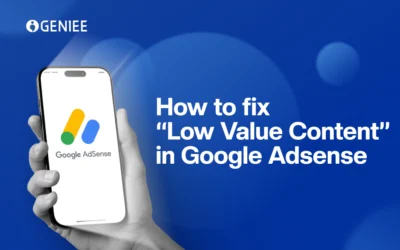
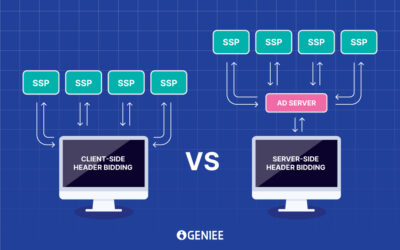
0 Comments